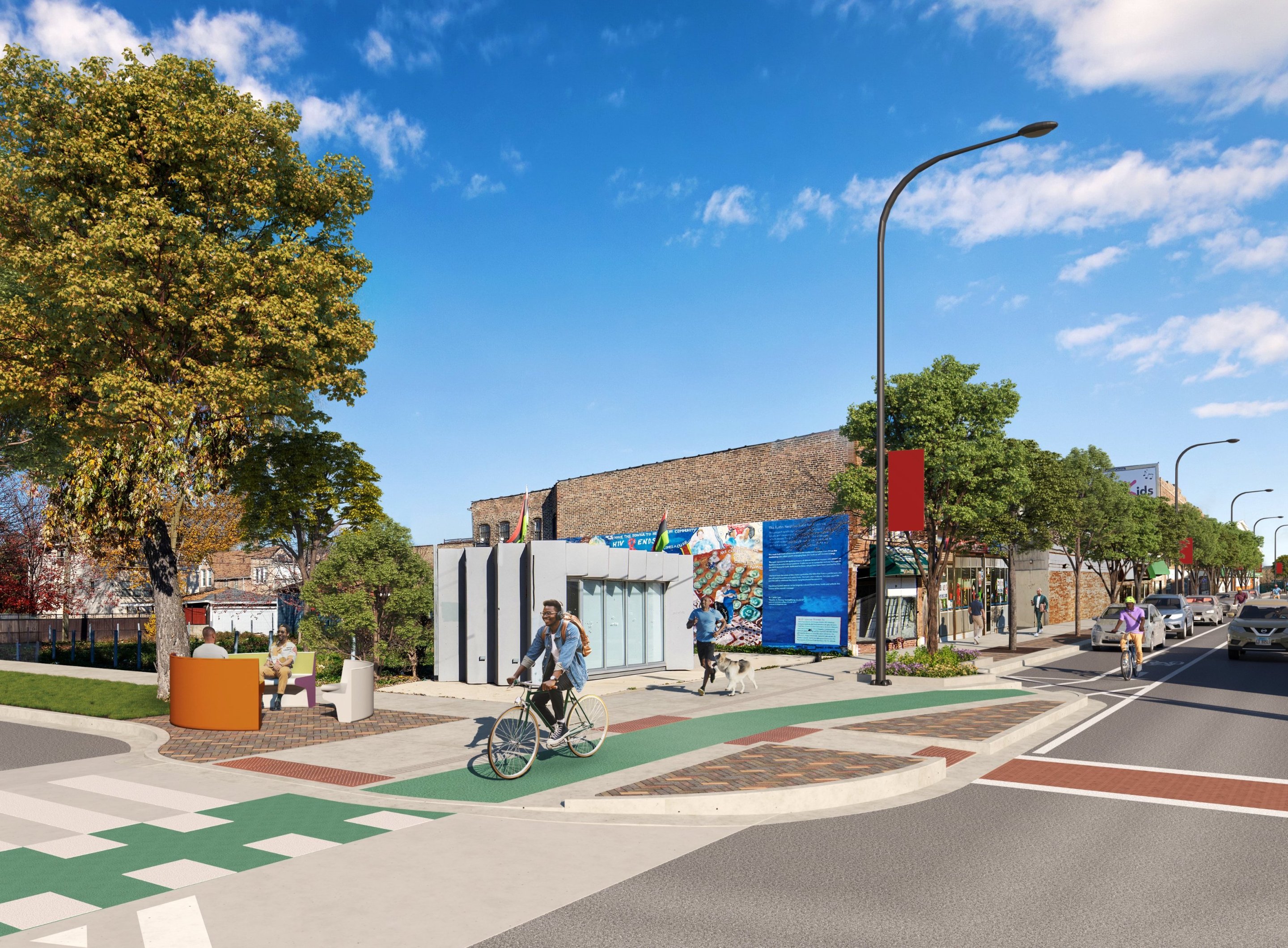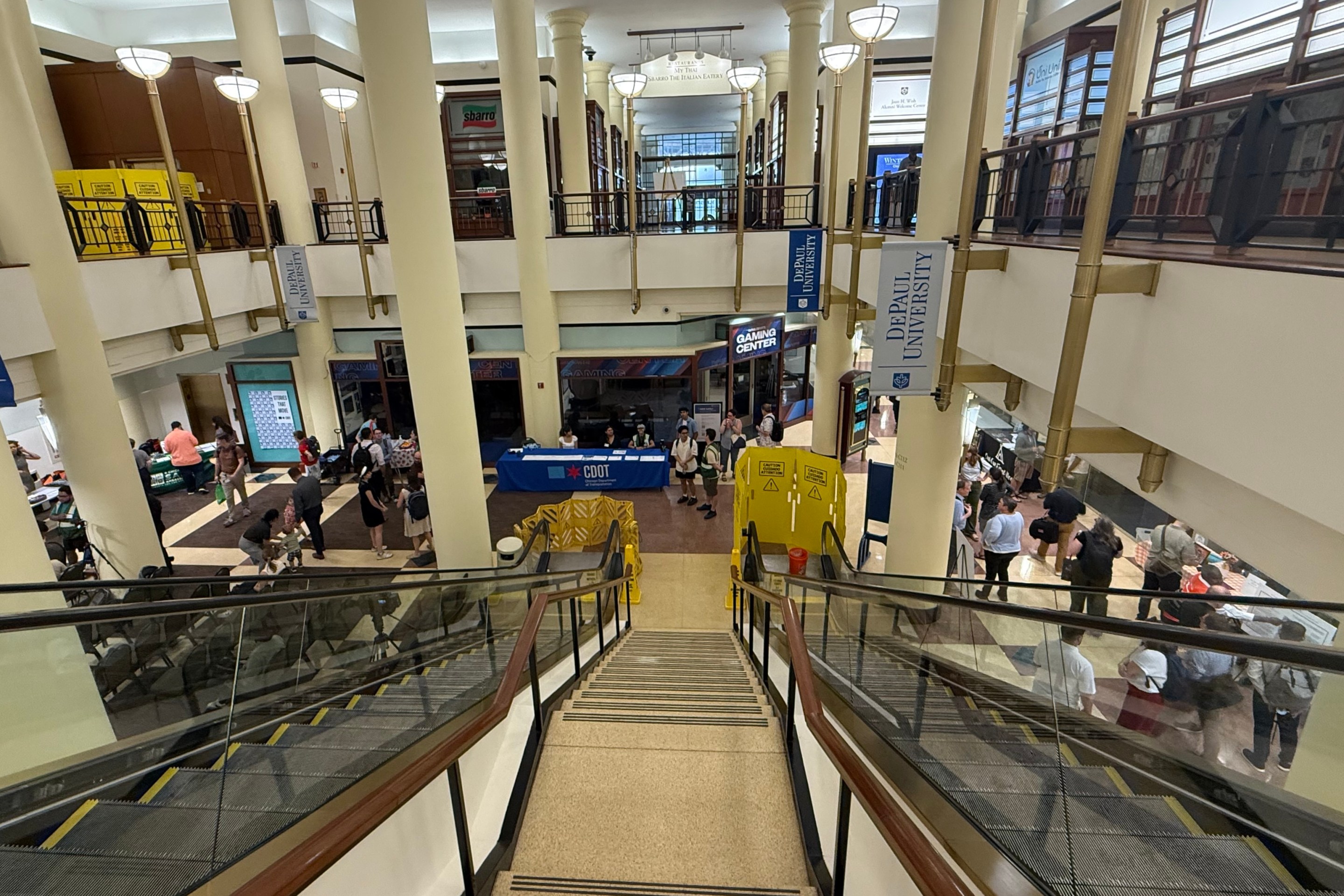On Wednesday Mayor Lori Lightfoot, city officials marked the three-year anniversary of the INVEST South/West community revitalization program with groundbreakings for the $47 Million Austin United Alliance mixed-use project at 5200 W. Chicago Avenue and an adjacent $26 million streetscape project.
"Thanks to the $2.2 billion in investment commitments from the public and private sectors since the fall of 2019, INVEST South/West is ready to expand its reach beyond retail districts to include nearby residential blocks that are vital to sustainable neighborhood growth," Lightfoot said in a statement. "We will soon say goodbye to the pervasive vacant lots across the South and West Sides and say hello to new two-flats, three-flats, and other walk-up structures that have been home to Chicago families for generations."
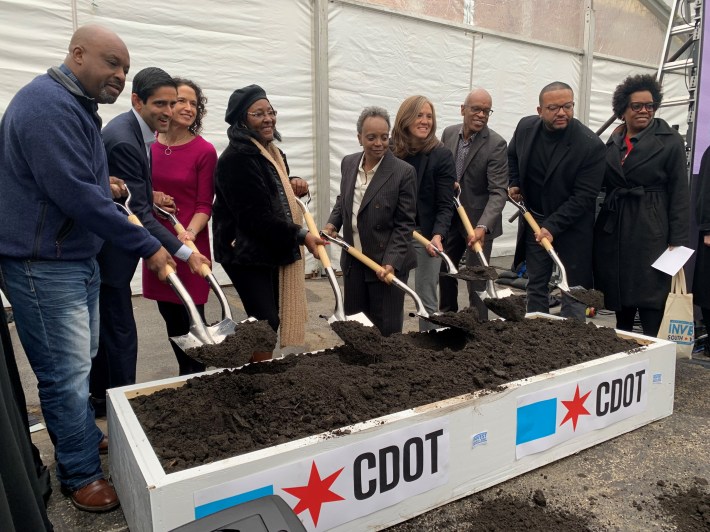
INVEST South/West kicked off in fall 2019 with the city stating that it would facilitate $750 million in development and infrastructure on business strips in Auburn Gresham, Austin, Bronzeville, Greater Englewood, Greater Roseland, Humboldt Park, North Lawndale, New City, South Chicago and South Shore. City officials say that since then $450 million in mixed-use projects have been encouraged by city-issued requests for proposals.
Austin United Alliance, which includes Heartland Housing and Oak Park Regional Housing Center, is using over $32 million in city assistance to develop developing a 78-unit, mixed-income housing development that will include a bank, business incubator, cafe and a "community art platform" that includes the unused Laramie State Bank building and adjacent land. Construction is slated to wrap up in 2024. Community members will have the opportunity to join local committees to guide efforts around housing, arts and culture and economic development.
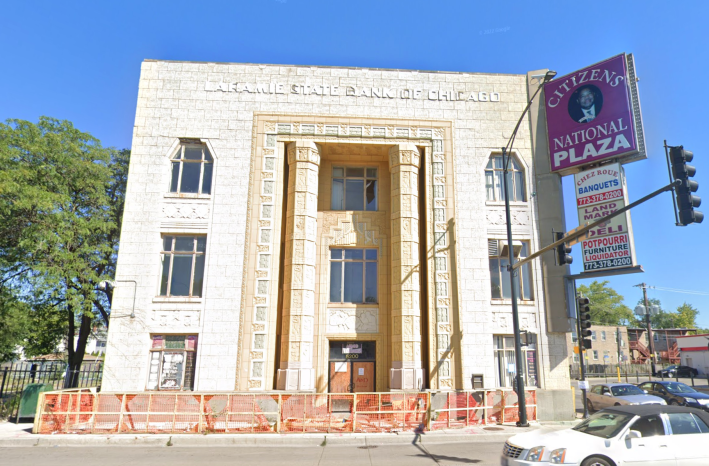
According to the city, the Chicago Department of Transportation is doing about $280 million in streetscape projects on 12 INVEST South/West corridors, including 20 miles of streets.
“CDOT has been working closely with community partners, residents, and neighborhood stakeholders on a dozen streetscape improvement projects along INVEST South/West corridors and we are pleased to break ground on the first of these transformative projects today in Austin,” said CDOT chief Gia Biagi in a statement. “Walkable, safe, and welcoming streets are essential to fostering community and growth along our commercial corridors.”
The Austin streetscape project is being done on Chicago Avenue between Austin Boulevard and Cicero Avenue, including wider sidewalks, new street trees and parkway pavers, new lighting, community identifiers, bikeways, bus boarding islands, and other traffic safety upgrades.

Renderings show that the project includes some sidewalk-level bike lanes, which is good. The raised lanes also slalom at some street crossings, protected-intersection-style, which may help bike riders and right-turning drivers see each other in time to prevent collisions.
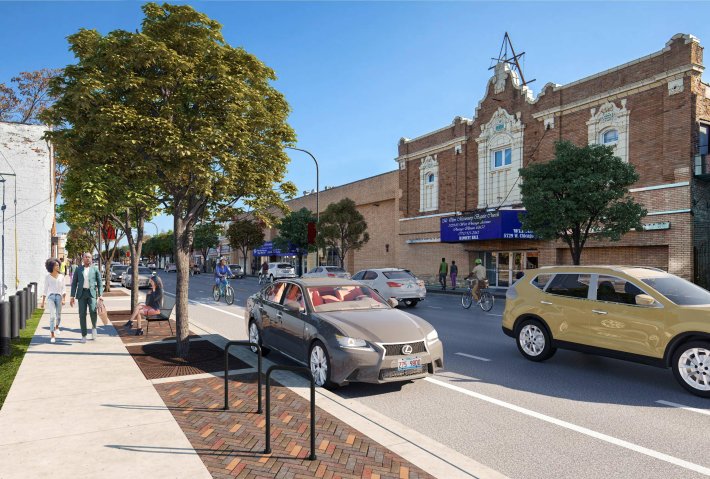
Frustratingly, though, the renderings also show painted on-street bike lanes located in the door zone to the left of parked cars, which offer zero physical protection for bike riders, and won't do much to encourage new people to try urban cycling. Another issue is that the raised bike lanes are at the same level as the sidewalk, with no significant separation between bike riders and pedestrians, which increases the chances of people walking in the bikeways and the potential for bike-ped collisions.
When designing bikeways, CDOT needs to keep in line that a chain is only as strong as its weakest link, and a bikeway corridor that includes a mix of raised and non-protected lanes is still essentially a high-stress bike route.
